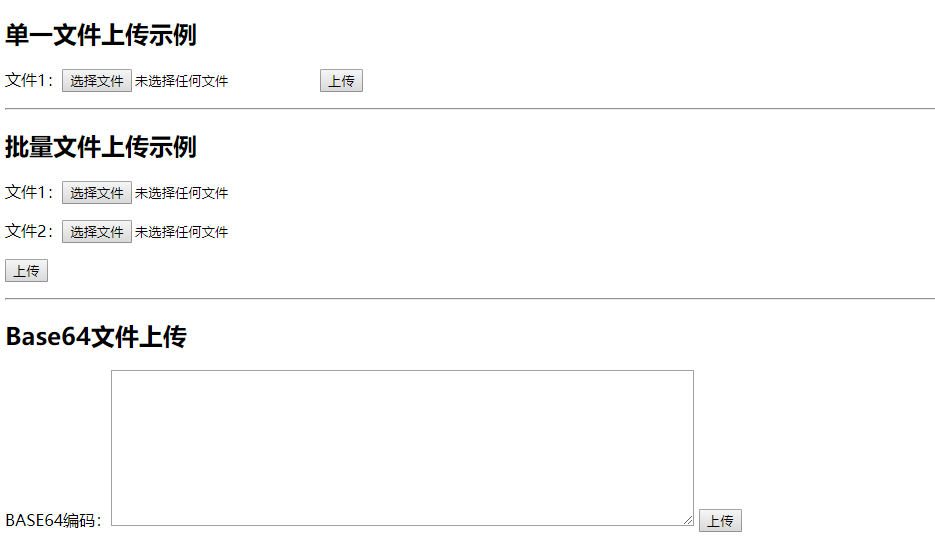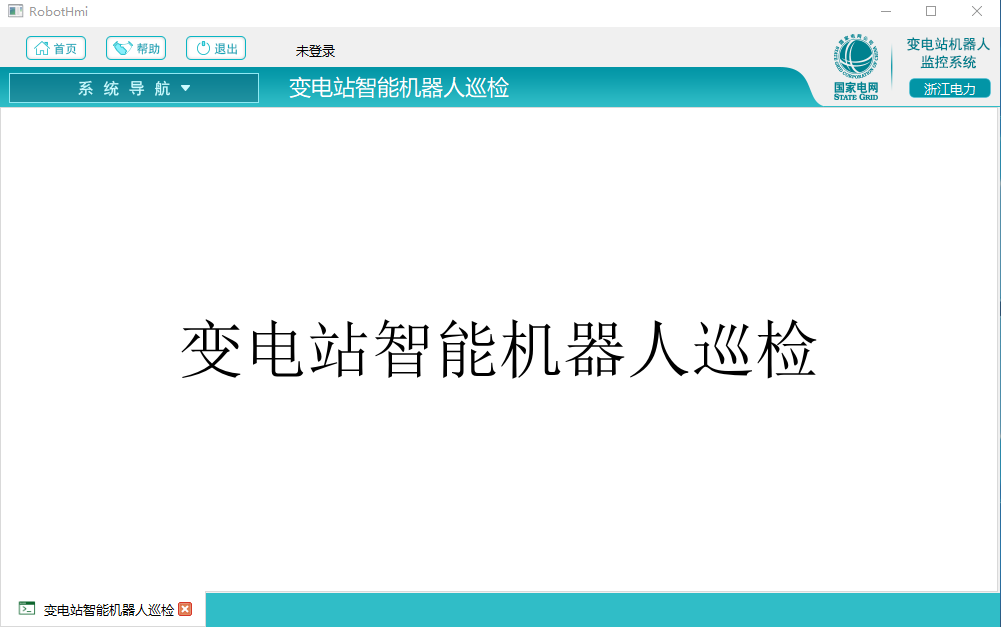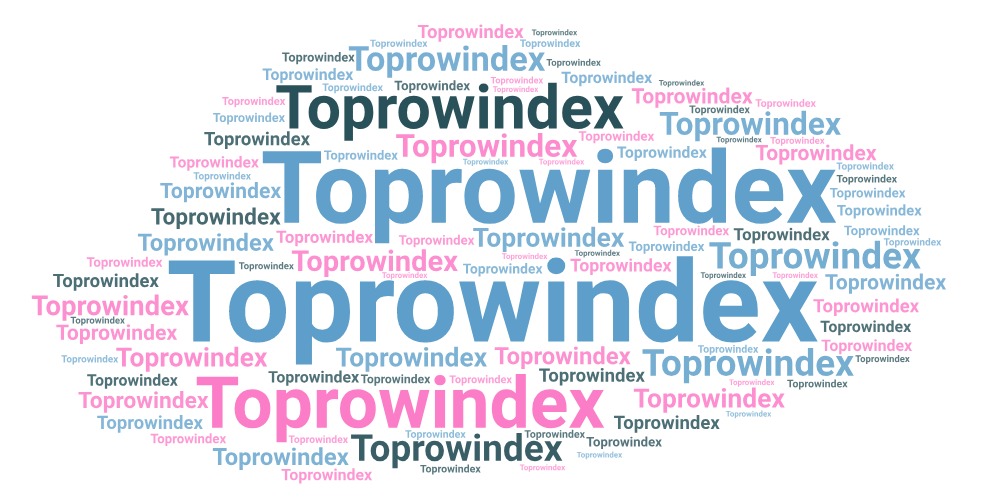【2019年3月2日】SpringBoot | 第十七篇:轻松搞定文件上传
- 本文作者:仓颉
SpringBoot是为了简化Spring应用的创建、运行、调试、部署等一系列问题而诞生的产物,自动装配的特性让我们可以更好的关注业务本身而不是外部的XML配置,我们只需遵循规范,引入相关的依赖就可以轻易的搭建出一个 WEB 工程
文件上传和下载是JAVA WEB中常见的一种操作,文件上传主要是将文件通过IO流传输到服务器的某一个特定的文件夹下;刚开始工作那会一个上传文件常常花费小半天的时间,繁琐的代码量以及XML配置让我是痛不欲生;值得庆幸的是有了Spring Boot短短的几句代码就能实现文件上传与本地写入操作….
文件上传
文件上传和下载是JAVA WEB中常见的一种操作,文件上传主要是将文件通过IO流传输到服务器的某一个特定的文件夹下;刚开始工作那会一个上传文件常常花费小半天的时间,繁琐的代码量以及XML配置让我是痛不欲生;值得庆幸的是有了Spring Boot短短的几句代码就能实现文件上传与本地写入操作….
导入依赖
在pom.xml中添加上spring-boot-starter-web和spring-boot-starter-thymeleaf的依赖
<dependencies>
<dependency>
<groupId>org.springframework.boot</groupId>
<artifactId>spring-boot-starter-web</artifactId>
</dependency>
<dependency>
<groupId>org.springframework.boot</groupId>
<artifactId>spring-boot-starter-thymeleaf</artifactId>
</dependency>
<dependency>
<groupId>org.springframework.boot</groupId>
<artifactId>spring-boot-starter-test</artifactId>
<scope>test</scope>
</dependency>
</dependencies>配置文件
默认情况下Spring Boot无需做任何配置也能实现文件上传的功能,但有可能因默认配置不符而导致文件上传失败问题,所以了解相关配置信息更有助于我们对问题的定位和修复;
# 禁用 thymeleaf 缓存
spring.thymeleaf.cache=false
# 是否支持批量上传 (默认值 true)
spring.servlet.multipart.enabled=true
# 上传文件的临时目录 (一般情况下不用特意修改)
spring.servlet.multipart.location=
# 上传文件最大为 1M (默认值 1M 根据自身业务自行控制即可)
spring.servlet.multipart.max-file-size=1048576
# 上传请求最大为 10M(默认值10M 根据自身业务自行控制即可)
spring.servlet.multipart.max-request-size=10485760
# 文件大小阈值,当大于这个阈值时将写入到磁盘,否则存在内存中,(默认值0 一般情况下不用特意修改)
spring.servlet.multipart.file-size-threshold=0
# 判断是否要延迟解析文件(相当于懒加载,一般情况下不用特意修改)
spring.servlet.multipart.resolve-lazily=false如默认只允许1M以下的文件,当超出该范围则会抛出下述错误
org.apache.tomcat.util.http.fileupload.FileUploadBase$SizeLimitExceededException:
the request was rejected because its size (20738021) exceeds the configured maximum (10485760)具体代码
上传页面
在src/main/resources目录下新建static目录和templates目录。在templates中新建一个index.html的模板文件;此处实现单文件上传、多文件上传、BASE64编码三种上传方式,其中BASE64的方式在对Android/IOS/H5等方面还是不错的…
<!DOCTYPE html>
<html xmlns="http://www.w3.org/1999/xhtml" xmlns:th="http://www.thymeleaf.org">
<head>
<meta charset="UTF-8">
<title>文件上传</title>
</head>
<body>
<h2>单一文件上传示例</h2>
<div>
<form method="POST" enctype="multipart/form-data" action="/uploads/upload1">
<p>
文件1:<input type="file" name="file"/>
<input type="submit" value="上传"/>
</p>
</form>
</div>
<hr/>
<h2>批量文件上传示例</h2>
<div>
<form method="POST" enctype="multipart/form-data" action="/uploads/upload2">
<p>
文件1:<input type="file" name="file"/>
</p>
<p>
文件2:<input type="file" name="file"/>
</p>
<p>
<input type="submit" value="上传"/>
</p>
</form>
</div>
<hr/>
<h2>Base64文件上传</h2>
<div>
<form method="POST" action="/uploads/upload3">
<p>
BASE64编码:<textarea name="base64" rows="10" cols="80"></textarea>
<input type="submit" value="上传"/>
</p>
</form>
</div>
</body>
</html>控制层
创建一个FileUploadController,其中@GetMapping的方法用来跳转index.html页面,而@PostMapping相关方法则是对应的单文件上传、多文件上传、BASE64编码三种处理方式。
@RequestParam("file")此处的"file"对应的就是html 中 name="file" 的 input 标签,而将文件真正写入的还是借助的commons-io中的FileUtils.copyInputStreamToFile(inputStream,file)
package com.winterchen.controller;
import org.slf4j.Logger;
import org.slf4j.LoggerFactory;
import org.springframework.stereotype.Controller;
import org.springframework.util.Base64Utils;
import org.springframework.util.FileCopyUtils;
import org.springframework.web.bind.annotation.*;
import org.springframework.web.multipart.MultipartFile;
import java.io.File;
import java.io.IOException;
import java.util.ArrayList;
import java.util.HashMap;
import java.util.List;
import java.util.Map;
/** * Created by Donghua.Chen on 2018/7/24. */
@Controller
@RequestMapping("/uploads")
public class FileUploadController {
private static final Logger log = LoggerFactory.getLogger(FileUploadController.class);
@GetMapping
public String index() {
return "index";
}
@PostMapping("/upload1")
@ResponseBody
public Map<String, String> upload1(@RequestParam("file") MultipartFile file) throws IOException {
log.info("[文件类型] - [{}]", file.getContentType());
log.info("[文件名称] - [{}]", file.getOriginalFilename());
log.info("[文件大小] - [{}]", file.getSize());
// TODO 将文件写入到指定目录(具体开发中有可能是将文件写入到云存储/或者指定目录通过 Nginx 进行 gzip 压缩和反向代理,此处只是为了演示故将地址写成本地电脑指定目录)
file.transferTo(new File("/Users/Winterchen/Desktop/javatest" + file.getOriginalFilename()));
Map<String, String> result = new HashMap<>(16);
result.put("contentType", file.getContentType());
result.put("fileName", file.getOriginalFilename());
result.put("fileSize", file.getSize() + "");
return result;
}
@PostMapping("/upload2")
@ResponseBody
public List<Map<String, String>> upload2(@RequestParam("file") MultipartFile[] files) throws IOException {
if (files == null || files.length == 0) {
return null;
}
List<Map<String, String>> results = new ArrayList<>();
for (MultipartFile file : files) {
// TODO Spring Mvc 提供的写入方式
file.transferTo(new File("/Users/Winterchen/Desktop/javatest" + file.getOriginalFilename()));
Map<String, String> map = new HashMap<>(16);
map.put("contentType", file.getContentType());
map.put("fileName", file.getOriginalFilename());
map.put("fileSize", file.getSize() + "");
results.add(map);
}
return results;
}
@PostMapping("/upload3")
@ResponseBody
public void upload2(String base64) throws IOException {
// TODO BASE64 方式的 格式和名字需要自己控制(如 png 图片编码后前缀就会是 data:image/png;base64,)
final File tempFile = new File("/Users/Winterchen/Desktop/javatest/test.jpg");
// TODO 防止有的传了 data:image/png;base64, 有的没传的情况
String[] d = base64.split("base64,");
final byte[] bytes = Base64Utils.decodeFromString(d.length > 1 ? d[1] : d[0]);
FileCopyUtils.copy(bytes, tempFile);
}
}主函数
package com.winterchen;
import org.springframework.boot.SpringApplication;
import org.springframework.boot.autoconfigure.SpringBootApplication;
@SpringBootApplication
public class SpringBootFileUploadApplication {
public static void main(String[] args) {
SpringApplication.run(SpringBootFileUploadApplication.class, args);
}
}测试
完成准备事项后,启动Chapter16Application,访问http://localhost:8080/uploads进入到文件上传页面。单文件上传、多文件上传都是及其简单的就不做演示了,相信各位自己也是可以完成的。

BASE64 测试方法
打开浏览器访问http://base64.xpcha.com/pic.html选择一张图片将其转换为base64编码的,随后将转换后的base64字符串内容复制到下图中的文本框中,点击上传即可,随后到指定目录下就可以看到我们上传的文件了

总结
目前很多大佬都写过关于SpringBoot的教程了,如有雷同,请多多包涵,本教程基于最新的spring-boot-starter-parent:2.0.2.RELEASE编写,包括新版本的特性都会一起介绍…
上一篇文章:定时任务详解 下一篇文章:
- 本文标签: Java Spring Spring Boot
- 本文链接: http://www.unknowtime.top/article/66
- 版权声明: 本文为互联网转载文章,出处已在文章中说明(部分除外)。如果侵权,请联系本站长删除,谢谢。










